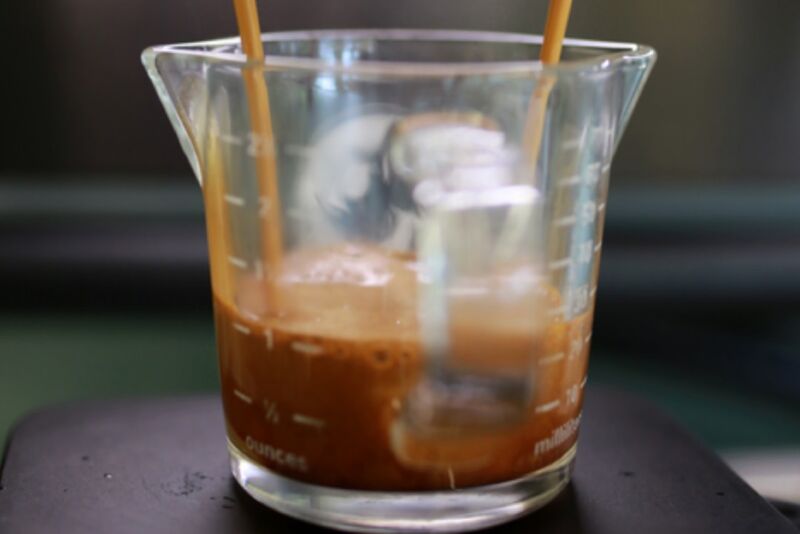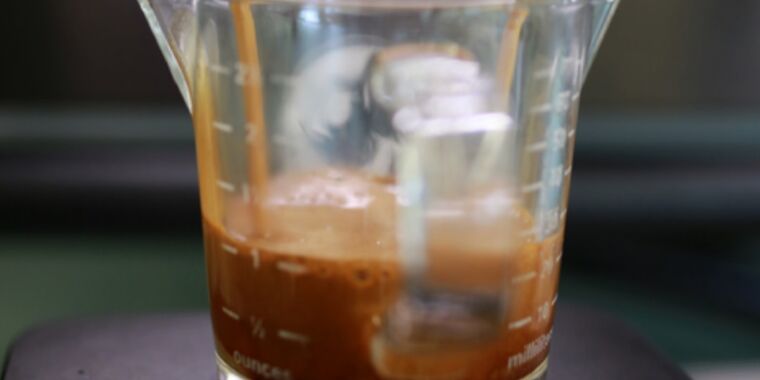
Samo Smarke
Hard-core coffee aficionados are always looking for the next big spin on the world’s favorite caffeinated beverage, and these days it’s fermented coffee that turns heads and tantalises the taste buds with its signature fruity notes. Scientists in Switzerland conducted experiments on fermented coffee in hopes of identifying the specific chemical compounds behind the drink’s unusual flavor profile.
“There are flavors now that people are creating that no one would ever have associated with coffee in the past,” said Chahan Yeretzian, a scientist at Zurich University of Applied Sciences’ Coffee Excellence Center, who presented the research at a recent American Chemical Association meeting. in Indianapolis. “The flavors in, for example, fermented coffee are often more like fruit juices.”
Most coffee is slightly fermented, as it happens naturally when wet-processed beans soak, break down enzymes and produce sugars. It also makes it easier to remove the skin and pulp. In this case we are talking about green coffee beans that have already undergone that first processing. The beans are then soaked in water to which carefully selected strains of yeast and bacteria have been added, after which they ferment for a few days. Often during this stage, fruit or other flavors are added or the beans are fermented in barrels previously used to store whisky, rum or other liquors. Then the beans are washed and dried and roasted as usual.
Yeretzian and research associate Samo Smrke used arabica beans and divided them into three batches. In the first batch, the beans were washed and the mucilage (the inner layer of the pulp) was removed before being dried. For the second batch, they removed the husk (husk) from the beans, but left behind the slime. And for the third batch, they fermented the beans in stainless steel tanks using carbonic maceration, the same winemaking process. This process involves infusing the tanks with carbon dioxide to create an anaerobic environment to lower the pH while the beans ferment.
For the chemical analysis, Yeretzian and his colleagues used a combination of gas chromatography, which separates volatile chemical compounds in a given substance into individual components, and mass spectrometry, which identifies those components. They also recruited a panel of human “sniffers” since taste and smell are closely linked. And the human nose can sometimes detect odors in very low concentrations that could elude the mass spectrometer, although perception of odors can be quite subjective.
“We use humans to detect smells, and everyone perceives flavors a little differently,” Smrke said. “But in this case, the panel was very consistent in the odors they described. So what is traditionally considered a challenge was actually not a problem because the aromas were so obvious.
The experiments yielded six different compounds that contribute to the unique taste of fermented coffee. However, the team was only able to definitively identify three: 2-methylpropanal, 3-methylbutanal and ethyl-3-methylbutanoate, all associated with distinctive “raspberry notes with a hint of rosewater,” according to Yeretzian and Smrke. The other three compounds were detected by the human sniffers, but escaped the mass spectrometer.
Understanding how the aromas are generated will help producers master and perhaps standardize their fermentation processes, according to Yeretzian, which is currently largely done through trial and error. Fermented coffee is quite expensive and not always readily available, but standardization could increase its availability. “We hope to bring these flavors to the average consumer so they can also experience this coffee with very unique, fruity and delicious flavors,” Smrke said.

